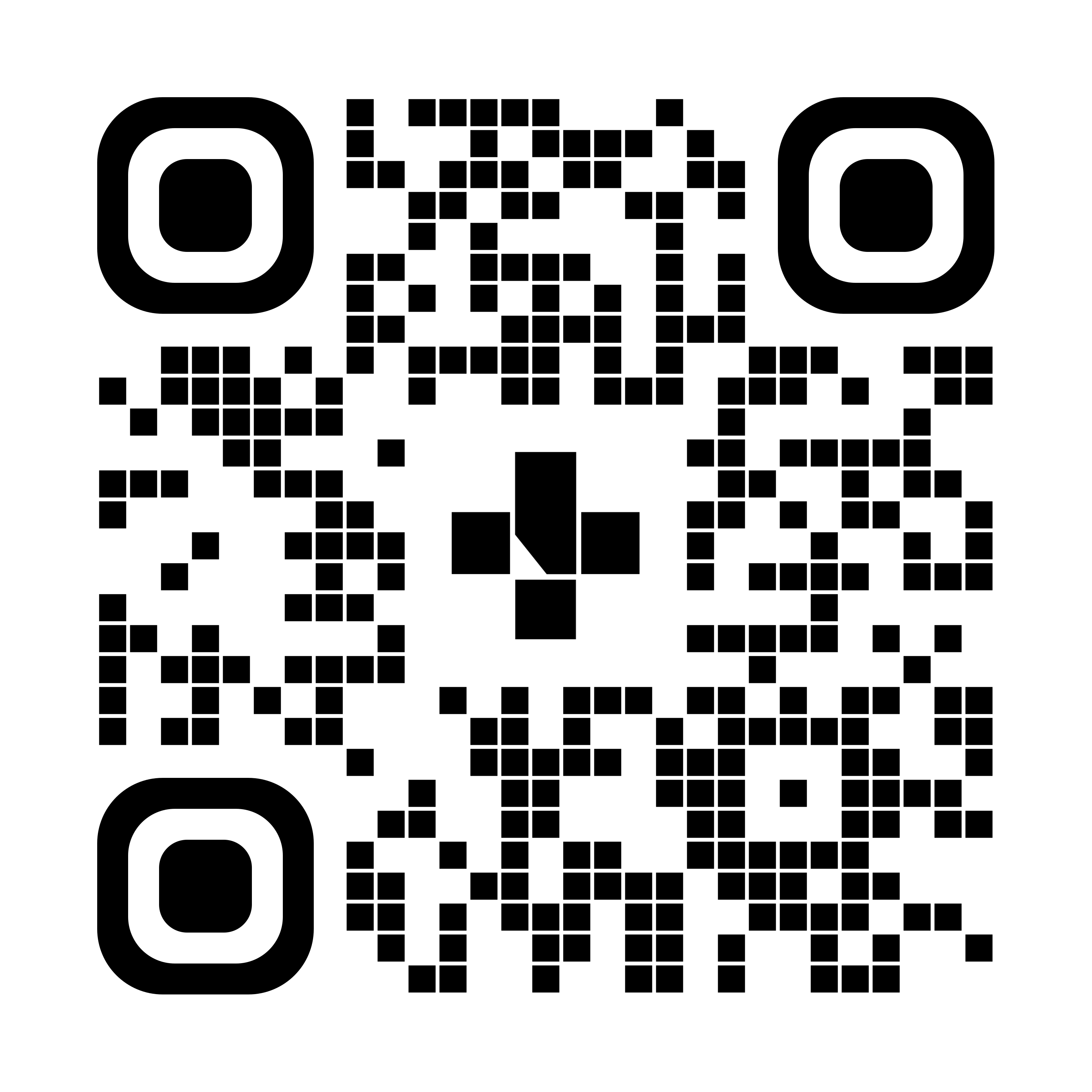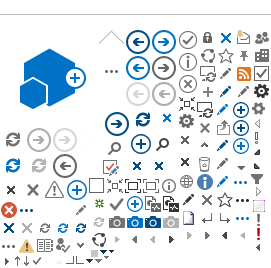Paracentesis
What to expect at home

Paracentesis (say "pair-uh-sen-TEE-sus") is a procedure that removes fluid from the belly. The buildup of fluid may be caused by liver problems, infection, inflammation, an injury, or other problems. Swelling from too much fluid in your belly may cause pain or trouble breathing.
Your doctor will remove the excess fluid with a needle or a tube. After the fluid has drained, your doctor will take out the needle or tube and put a bandage (dressing) on the site.
If fluid builds up in your belly again, you may need to have paracentesis done again.
After paracentesis, each person recovers at a different pace. Follow the steps below after your procedure to feel better as quickly as possible.
Activity
- Rest when you feel tired. Getting enough sleep will help you recover.
- Walk each day. Walk a little more each day than you did the day before. Walking boosts blood flow and can prevent pneumonia and constipation.
- You can do your normal activities after paracentesis, unless your doctor tells you not to.
Diet
- You can eat your normal diet after paracentesis. If your stomach is upset, try bland, low-fat foods like plain rice, broiled chicken, toast, and yogurt.
- Drink plenty of fluids (unless your doctor tells you not to).
Medicines
- Be safe with medicines. Read and follow all instructions on the label.
- If your doctor gave you a prescription medicine for pain, take it as prescribed.
- If you're not taking a prescription pain medicine, ask your doctor if you can take a non-prescription (over-the-counter) medicine.
- Your doctor will tell you when you can restart the medicines you usually take. They will also give you instructions about taking any new medicines.
- If you take aspirin or some other blood thinner, talk to your doctor. They will tell you when to start taking this medicine again. Make sure that you understand exactly what your doctor wants you to do.
Caring for the procedure site
- When you leave the hospital, you may have a bandage covering the area where the needle or tube went into your skin (the procedure site). Leave the bandage on until the morning after your procedure. It's very important to keep the procedure site clean and dry. Ask your healthcare provider how to change the bandage.
- After the procedure, you may have some clear fluid draining from the procedure site, especially if a large amount of fluid was taken out. There will be less drainage in 1 to 2 days. If your bandage is full of fluid, then change it. Ask your healthcare provider how to change the bandage.
- You may shower 24 to 48 hours after the procedure. Don't scrub the procedure site. Pat the site dry.
- Don't take baths, use hot tubs, or go swimming until the procedure site no longer has a scab and is completely healed.
- Don't use any creams, lotions, or ointments on the procedure site until it is completely healed.
Follow-up care is a key part of your treatment and safety. Be sure to make and go to all appointments and call your doctor or nurse advice line (811 in most provinces and territories) if you are having problems. It's also a good idea to know your test results and keep a list of the medicines you take.
When should you call for help?
Call 911 anytime you think you may need emergency care, like if you have passed out (lost consciousness).
Call your doctor or Health Link at 811 now or seek immediate medical care if:
- You are dizzy or light-headed, or you feel like you may faint.
- You have new or worse belly pain.
- You have symptoms of infection, such as:
- increased pain, swelling, warmth, or redness at the procedure site
- red streaks leading from the area
- pus draining from the area
- a fever and chills
- swelling of the belly, which may also feel hard
- severe pain and tenderness in the belly that may get worse when you move, cough, or press on your belly. The pain sometimes goes up into the shoulder.
- fast pulse
- rapid breathing
- confusion or feeling less alert
- nausea and vomiting
- diarrhea
To see this information online and learn more, visit MyHealth.Alberta.ca/health/aftercareinformation/pages/conditions.aspx?hwid=custom.ab_paracentesis_ac.

For 24/7 nurse advice and general health information call Health Link at 811.
Current as of: November 19, 2024
Author: Diagnostic Imaging, Alberta Health Services
This material is not a substitute for the advice of a qualified health professional. This material is intended for general information only and is provided on an "as is", "where is" basis. Although reasonable efforts were made to confirm the accuracy of the information, Alberta Health Services does not make any representation or warranty, express, implied or statutory, as to the accuracy, reliability, completeness, applicability or fitness for a particular purpose of such information. Alberta Health Services expressly disclaims all liability for the use of these materials, and for any claims, actions, demands or suits arising from such use.
